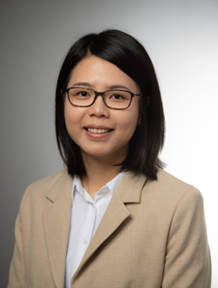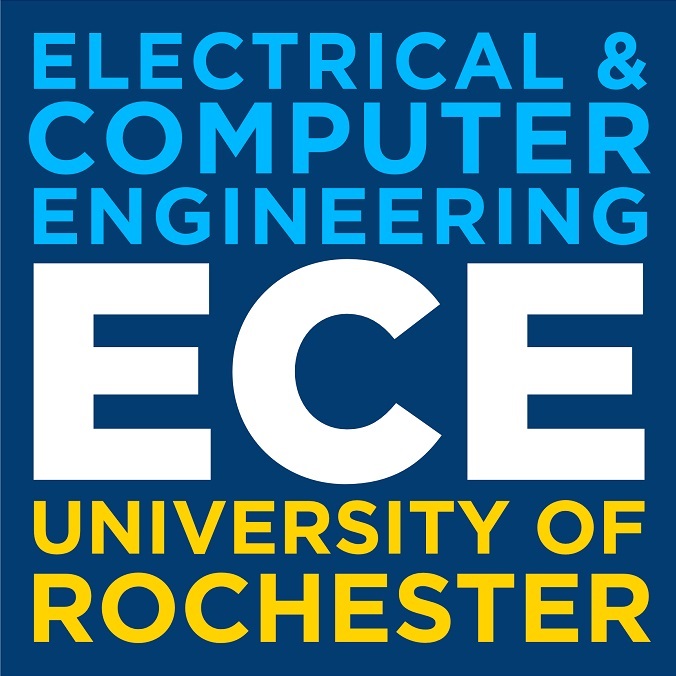ECE Seminar Lecture Series
Engineering quantum electronic phases in two-dimensional flat band systems
Jiang-Xiazi Lin is a postdoctoral research associate at Brown University
Friday, February 16, 2024
Noon–1 p.m.
601 Computer Studies Building
Abstract: Technology breakthrough usually follows the discovery of a new material, for example, semiconducting silicon revolutionized the modern computers. Similarly, the thriving next-generation quantum technology is awaiting novel electronic materials. Among various quantum materials, the family of two-dimension (2D) quantum materials is a promising candidate, especially the recently discovered 2D flatband systems including twisted graphene. These materials host abundant quantum phases such as superconductivity and isospin ferromagnetism, which can form the basis for quantum computation. The convenience of gate-tunability enables a pure-electrical control, and their layered structure opens up extensive possibilities of device architecture.
technology is awaiting novel electronic materials. Among various quantum materials, the family of two-dimension (2D) quantum materials is a promising candidate, especially the recently discovered 2D flatband systems including twisted graphene. These materials host abundant quantum phases such as superconductivity and isospin ferromagnetism, which can form the basis for quantum computation. The convenience of gate-tunability enables a pure-electrical control, and their layered structure opens up extensive possibilities of device architecture.
In this talk, I will introduce the recent advances in these materials and give two examples of how we engineered and revealed new quantum phases of matter in twisted graphene. These include an orbital ferromagnetic state induced by spin-orbit coupling and a zero-field superconducting diode effect where Cooper pairs only flow in one direction. These examples establish the two-dimensional flat band systems as an ideal platform with multiple tuning knobs, to explore the abundant quantum phases towards novel device applications.
Bio: Dr. Jiang-Xiazi Lin is a postdoctoral research associate at Brown University. Previously she received her PhD from Hong Kong University of Science and Technology with the HK PhD Fellowship. Her research involves building high quality two-dimensional (2D) heterostructures and using quantum transport to study the electronic properties in these devices. While her expertise includes various types of 2D materials, most recently, she focuses on studying graphene flat-band systems where strong Coulomb correlation gives rise to abundant quantum phases. Her works were published in top-tier journals including Science, Nature Physics, Nano Letters, etc.

